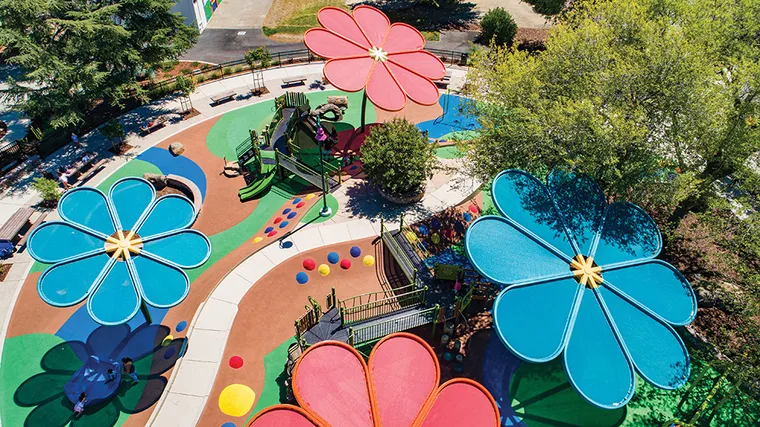How inclusive playgrounds are transforming communities
According to the Centers for Disease Control, more than one in four people lives with disabilities. Yet many playgrounds and recreational spaces fail to provide inclusive environments where everyone can connect, play, and thrive.
Inclusive playgrounds challenge this status quo, offering spaces where justice, creativity, and community intersect. They are designed not only to address physical, social, emotional, and neuro-social accessibility but also to foster meaningful interactions for people of all ages and abilities.
Despite their growing importance, common challenges—perceived barriers, addressing diverse needs, and budget constraints—continue to hinder their adoption.
By focusing on these challenges with thoughtful, deliberate, and innovative solutions, inclusive playgrounds are reshaping communities around the globe.


